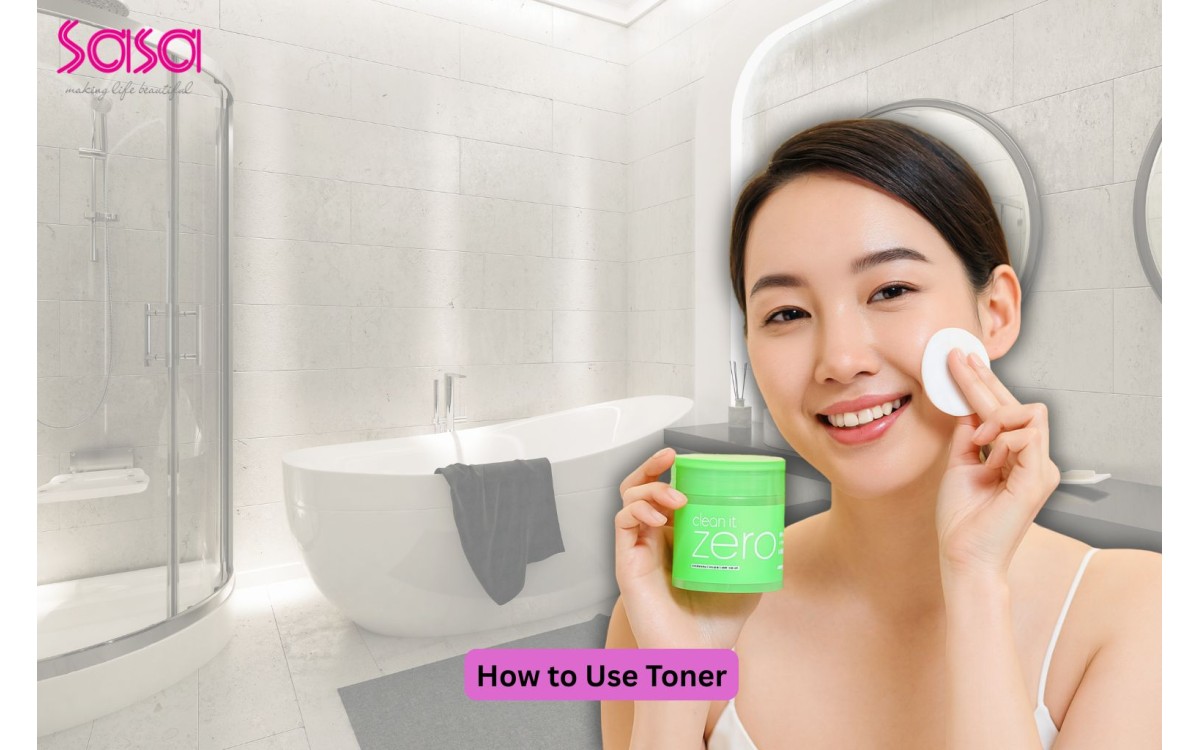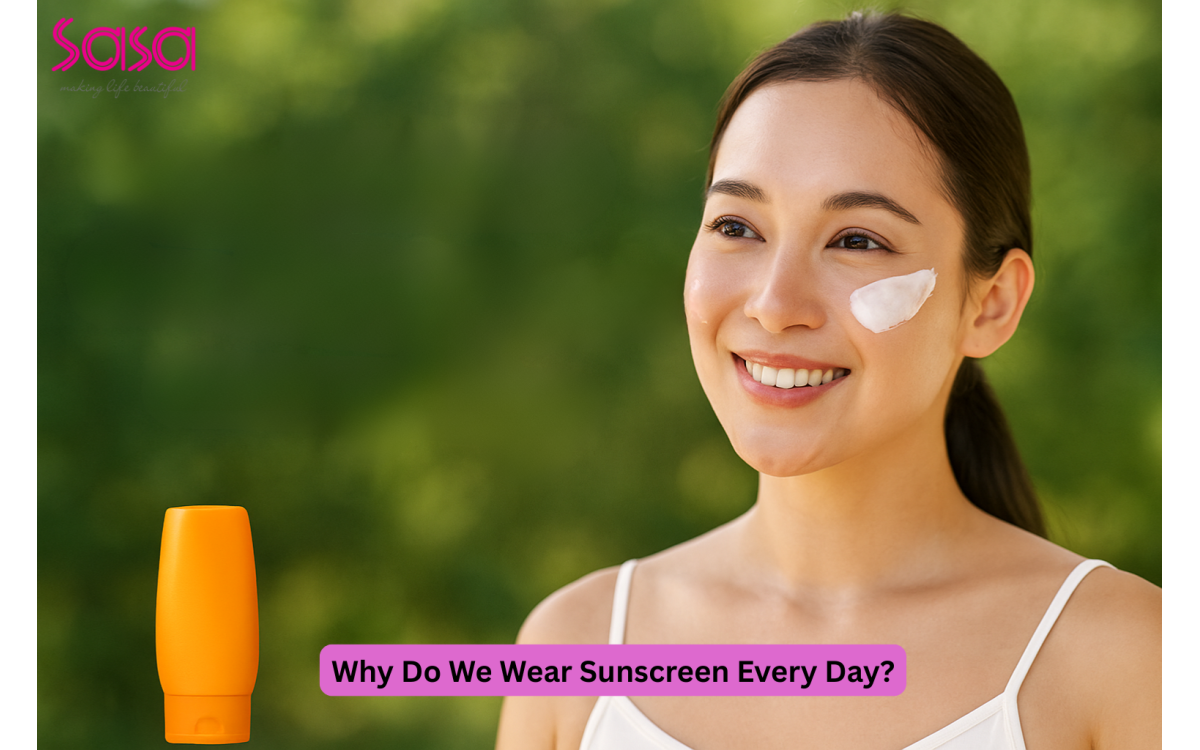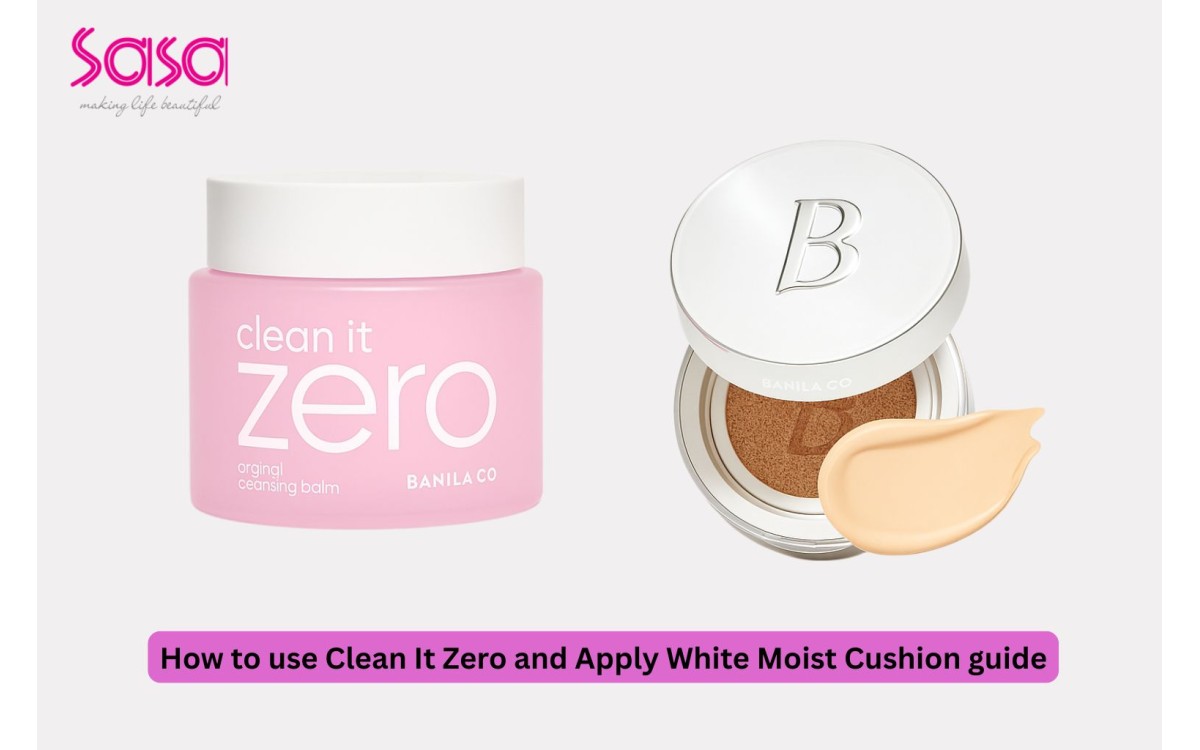While skincare products aim to boost your skin’s health and appearance, sometimes these routines trigger acne outbreaks. You aren't the only one asking yourself why your skincare products cause breakouts.
Certain products create unwanted pimples, blackheads, or plugged pores in a lot of people. This article explores the reasons behind skincare-related breakouts, how to identify triggers, and effective strategies for acne prevention and acne treatment.
Symptoms and Causes: What Triggers Skincare-Related Breakouts?
An acne breakout is a common skin condition that causes pimples when oil and dead skin cells clog the hair follicles. Skincare products aim to improve your skin health, but certain ingredients or application methods might disturb its natural equilibrium.
Dr. Lisa Kim, a dermatologist, explains: "Many skin care products contain ingredients that trap bacteria on your skin, worsening acne severity, especially in those with risk factors for acne like oily skin."
Here are the primary reasons your skincare might be causing breakouts:
1. How Comedogenic Ingredients Cause Acne Breakouts?
Skincare-related pimples often stem from comedogenic ingredients that clog the hair follicle, a hallmark of acne vulgaris, the most common skin condition affecting 9.4% globally. A 2024 Journal of Clinical and Aesthetic Dermatology study found 60% of acne cases worsened by pore-clogging products like coconut oil. Dr. Marco Rocha, a dermatologist specializing in severe acne, notes: "Non-comedogenic labels are critical—look for ‘oil-free’ formulations to avoid trapping oil and dead skin cells."
Solution: Check product labels for non-comedogenic claims. Opt for lightweight, oil-free moisturizers and cleansers designed for acne prevention.
2. Over-Exfoliation: Can It Worsen Acne Symptoms?
Overusing exfoliants or layering heavy creams onto your skin can disrupt its barrier, increasing your risk of acne. Harsh scrubs or chemical exfoliants (like AHAs or BHAs) used too frequently can dry out your skin, triggering rebound oil production and acne flare-ups.
Solution: Exfoliate 2–3 times a week only. Use gentle exfoliants like salicylic acid, which is effective for acne treatment and unclogging pores without causing irritation.
Dr. Mona Gohara emphasizes: "Pair salicylic acid with hydrating ingredients like hyaluronic acid—it exfoliates inside pores without drying out your skin."
3. Skin Type Matters: How Wrong Products Cause Acne and Breakouts?
Not all skincare products are universally beneficial. For example:
- People with oily skin experience breakouts when using rich creams designed for dry skin types.
- Dry skin types might react to oil-stripping cleansers, causing irritation and nodular acne, a severe form of acne that can cause scarring.
Solution: You need to identify if your skin type is dry, oily, combination, or sensitive to select effective skincare products. For acne-prone skin, look for acne treatment products with ingredients like benzoyl peroxide or tea tree oil.
4. Allergic Reactions: Hidden Causes of Acne and Skin Irritation
Skin outbreaks occur when essential oils and perfumes trigger an allergic response, which causes irritation. Harsh chemical substances create stronger reactions in people with sensitive skin.
Solution: Before using a product, fully test it first with a small skin sample. Apply a small amount of product to your inner arm and monitor for any reactions over the next 24 hours. Utilize fragrance-free, hypoallergenic products to minimize acne.
5. Skincare Overload: How Too Many Products Trigger Breakouts
Using multiple skincare products at once can put excessive pressure on your skin. Using several skin products together may block pores and create irritation, especially when serums and treatments have strong components like retinol or vitamin C.
Solution: For daytime skincare, you should use only a cleanser together with a moisturizer plus sunscreen. Introduce active ingredients gradually, starting with acne treatment options like adapalene to allow your skin to adjust.
6. Dirty Tools: A Surprising Cause of Acne Breakouts
Unwashed makeup brushes and sponges, along with fingers, become breeding grounds for germs. Applying skincare with dirty tools can introduce bacteria to your skin, causing acne breakouts.
Solution: Maintain hygiene by cleaning your brushes and sponges every week and washing your hands before applying any products. Change pillowcases regularly to reduce oil and bacteria buildup.
7. Hormonal vs. Environmental: Dual Causes of Acne Breakouts
Your skin might have stronger reactions to skincare products because of hormonal changes or environmental factors, although these elements are not the main cause. Hormonal changes—common in teenagers and young adults—increase sebum production, amplifying the risk of developing acne even with a perfect skin care routine. Weather conditions that are hot and humid, combined with menstrual cycles or stress, all contribute to increased oil production, which makes comedogenic products more effective.
Solution: Monitor your breakouts to identify patterns. Use acne prevention strategies like oil-control cleansers during humid weather or hormonal shifts.
Management and Treatment: Identifying Problematic Skincare Products
Pinpointing the product causing your acne breakout requires a systematic approach. Here’s how to identify the culprit:
- Keep a Skincare Journal: Record products used, application frequency, and when breakouts appear. Note the location and types of pimples (e.g., whiteheads, cystic acne) to identify patterns. People with acne often misdiagnose mild forms of acne as sensitivity. Cheek breakouts can be caused by heavy moisturizers, whereas forehead acne might develop from oily serums.
- Eliminate Products Gradually: Your skin needs some time to adjust, which is why you should stop using one product at a time for 7–10 days. Begin by eliminating products that you recently started using or contain comedogenic substances such as coconut oil. Monitor changes in breakout frequency or severity.
- Check Ingredient Lists: Review labels for common pore-cloggers like silicones or shea butter. Use online tools or apps to analyze comedogenicity ratings of ingredients. Non-comedogenic products are safer for acne prevention.
- Patch Test New Products: Test new products by applying a small amount behind your ear or on your inner arm for 24–48 hours to check for skin irritation or breakouts before full application.
- Consult a Dermatologist: If breakouts persist or worsen, a dermatologist can perform patch testing for allergies or recommend acne treatment options. Underlying issues, such as hormonal imbalances, may be identified that contribute to acne development.
Pro Tip: Allow time for your skin to adjust because it may require several weeks to normalize after you eliminate a troublesome product. Avoid introducing new products during this period to isolate the cause.
Top Ingredients to Prevent Acne and Calm Skin Breakouts
Use these acne-fighting ingredients as part of your skincare routine to prevent and manage breakouts.
- Salicylic Acid: Penetrates the top layers of your skin to dissolve oil and dead skin cells, preventing clogs and helping reduce acne.
- Benzoyl Peroxide: Destroys bacteria that cause acne and inflammation.
- Niacinamide: Calms inflammation and controls oil production.
- Retinol: Enables the skin cells to proliferate quickly, making the pores clear.
- Tea Tree Oil: A spot-treatment anti-germ agent that is natural.
Discover the Best Practices to Establish an Effective Acne Prevention Routine
A consistent, gentle routine is key to acne prevention. Follow these steps:
- Cleanse Twice Daily: A mild, non-comedogenic cleanser helps eliminate oil and dirt from your skin.
- Treat with Actives: Apply acne treatment products like salicylic acid or benzoyl peroxide to targeted areas.
- Moisturize Lightly: Moisturize with a non-comedogenic moisturizer to hydrate without blocking pores.
- Use Sunscreen: Apply a broad-spectrum SPF 30+ to avoid irritation from UV rays that can worsen acne.
- Put tea tree oil or benzoyl peroxide on any areas that require treatment.
Common Myths: What Really Causes or Prevents Acne?
Myths regarding acne can result in useless regimens. The following are myths dispelled:
Myth 1: All Oils Give Breakouts
Not all oils are detrimental to acne-prone skin. Comedogenic oils such as coconut oil can clog pores, but light, non-comedogenic oils such as jojoba, squalane, or grapeseed oil replicate skin's natural sebum, moisturizing without leading to breakouts. These are ideal for acne prevention in balanced routines.
Myth 2: Moisturizer Worsens Acne
Skipping moisturizer can dehydrate skin, triggering excess oil production and worsening acne severity, especially if you experience acne in dry climates. Even oily skin requires moisturizing. Non-comedogenic gel moisturizers with ingredients such as hyaluronic acid moisturize without blocking pores.
Myth 3: Acne Only Occurs in Teenagers
Adult acne is common, often caused by hormones, stress, or skincare mistakes. Women may break out during menstruation or pregnancy, whereas men can experience acne from shaving irritation. Acne treatment works at any age, tailored to specific triggers.
Myth 4: Popping Pimples Clears Acne Faster
When people pop pimples, it forces bacteria further into skin layers, which leads to inflammation along with scarring or extended healing times. Instead, use acne treatment spot treatments like tea tree oil or hydrocolloid patches to reduce pimples safely.
Myth 5: Sun Exposure Cures Acne
Sun exposure provides short-term relief from pimples but leads to increased inflammation and oil production over time due to UV rays. Sunscreen is essential for acne prevention to protect skin and prevent post-acne marks.
When to Seek Professional Management and Treatment for Acne?
If breakouts persist, a primary care provider or dermatologist can diagnose acne type and create a treatment plan using effective acne treatments like prescription acne medication. They may recommend:
- Prescription acne treatment, like tretinoin or oral medications.
- Professional procedures such as chemical peels or laser therapy are available treatment options.
- The presence of conditions such as polycystic ovary syndrome (PCOS) should be tested because they can lead to acne development.
Lifestyle Tips to Prevent Acne and Reduce Breakouts
In addition to skincare, lifestyle changes can support acne prevention:
- Balanced Diet: Restrict dairy (associated with hormonal acne) and high-glycemic foods such as sweet desserts, which trigger insulin and oil production. Choose anti-inflammatory foods such as berries, green leafy vegetables, and omega-3 fish to promote skin health.
- Hydration: Utilize 8–10 glasses of water daily to hydrate your skin and eliminate toxins. Dehydrated skin can overproduce oil, leading to acne breakouts.
- Stress Management: Stress causes cortisol, sebum, and acne. Do yoga, meditation, or deep breathing exercises for 10–15 minutes every day. Writing in a journal or as a hobby also lessens breakouts due to stress.
- Adequate Sleep: 7–9 hours every night to facilitate skin repair. Lack of sleep disrupts hormones, worsening acne. Use clean pillowcases to avoid bacterial buildup.
- Exercise Daily: Regular exercise (30 minutes, 4–5 times a week) enhances blood flow and reduces stress. Bathing after exercising removes sweat and oils, which clog pores naturally.
- Do Not Touch Your Face: Hands are filled with bacteria and oil, which can give you pimples. Use clean towels or tissues if necessary, and do not rest your face on phones or surfaces.
Final Thoughts: Managing Causes and Preventing Future Acne
Skin care breakouts can be disappointing, but understanding the causes—comedogenic products, over-exfoliation, or improper regimens—puts you in control. By choosing non-comedogenic products, tailoring your routine to your skin type, and incorporating acne treatment ingredients like salicylic acid or benzoyl peroxide, you can achieve clearer skin.
Consistency, patience, and acne prevention strategies are key to preventing future acne breakouts. Ready to upgrade your skincare? Explore acne-friendly products at Sa Sa MY for curated solutions to keep your skin clear and radiant. A dermatologist can provide customized advice when breakouts continue to appear.
Frequently Asked Questions
-
Can hair care products cause pimples?
Yes, avoid heavy oils near your skin and hair.
-
What’s the best way to wash your skin with acne?
Use a pH-balanced cleanser to avoid drying out your skin.
-
Do hormonal changes always make acne worse?
Not always, but they’re a key risk factor for acne.
-
Can acne cause emotional distress?
Yes, studies link acne severity to anxiety in teenagers and young adults.
-
How do I get pimples to heal faster?
Apply benzoyl peroxide to the skin and reduce swelling.
Author
Mei Ling Cheng is a seasoned beauty expert with over 15 years of experience in makeup artistry and skincare consulting. As a leading beauty advisor at Sa Sa Malaysia, she helps customers achieve flawless, long-lasting looks.
Featured Products in this Post
RM 129.00
RM 129.00
RM 105.00
RM 109.00
Related Posts

How to Use Toner: Step by Step Guide for Every Skin Type
19 Sep 2025

Why Do We Wear Sunscreen Every Day?

How to use Clean It Zero and apply White Moist Cushion guide
21 Oct 2025

Best Moisturizers for Dry and Sensitive Skin: Ultimate Guide






